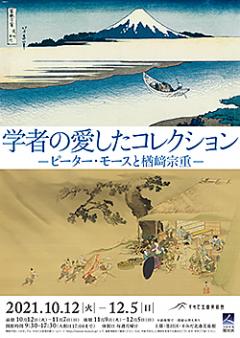Exhibition Overview
The Sumida Hokusai Museum possesses two outstanding collections that were built up by Peter Morse and Narazaki Muneshige, respectively. Morse was one of the world’s most distinguished Hokusai researchers as well as an important collector of his works, and Narazaki was a leading ukiyo-e researcher who collected works by members of the Katsushika School in addition to a wealth of valuable art-related materials.
This exhibition presents about 140 works carefully selected from the Peter Morse Collection, which illustrates the customs and fashions of the Edo period, and the Narazaki Muneshige Collection, which comprises works by painters and artists who were particularly popular and highly regarded from the Edo period to the Showa era.
Presenting a variety of rare works by Hokusai as well as a number of valuable works by other renowned artists, this exhibition will focus on the enthusiasm and the achievements of these two collectors who dedicated their lives to collecting and studying those superb masterpieces.
Exhibition Composition
Chapter 1|The Peter Morse Collection
From the series that Peter Morse loved most Mimeguri Shrine and Ushijima Shrine,
from the series Newly Published Perspective Pictures
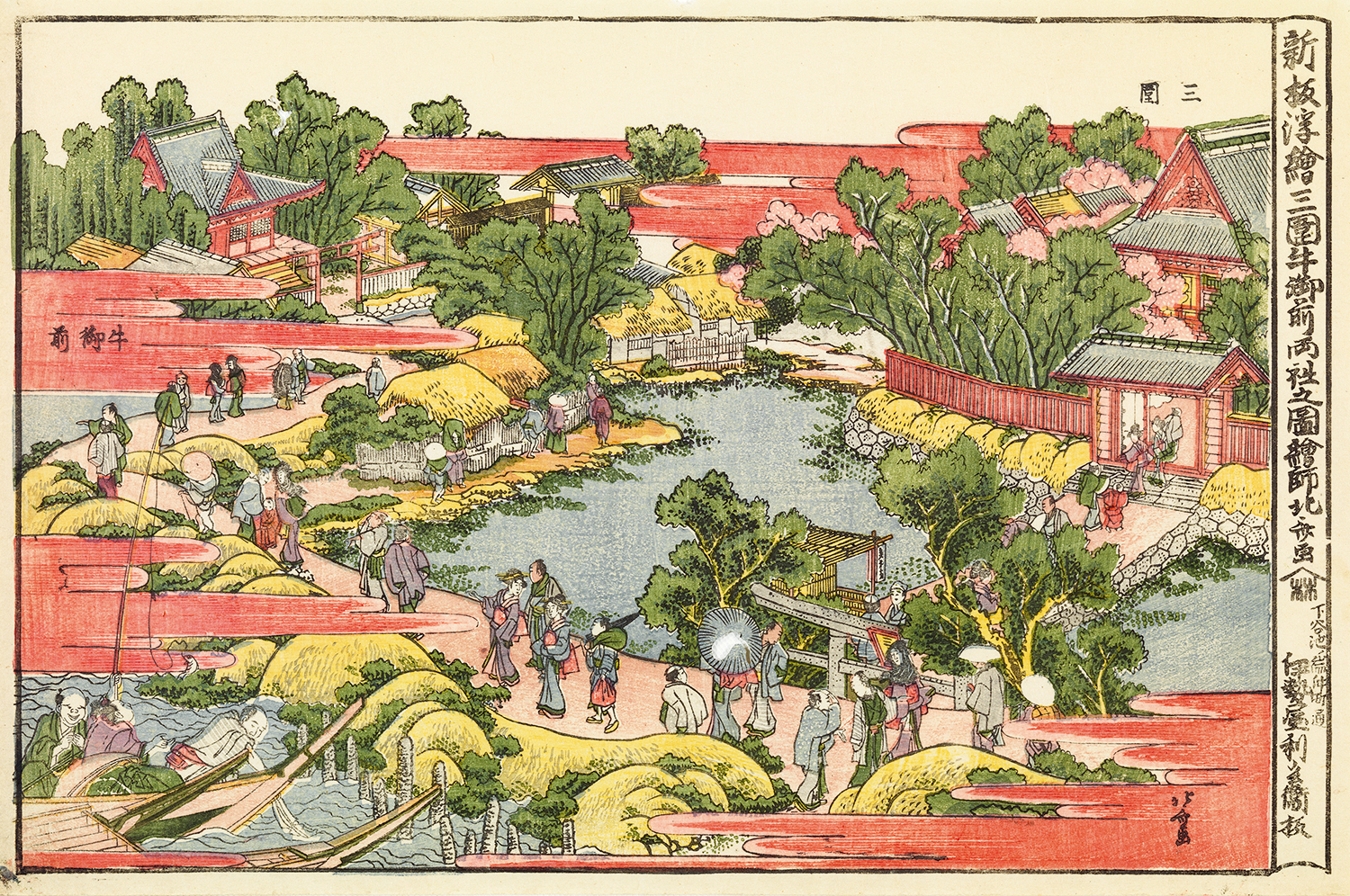
Katsushika Hokusai, Mimeguri Shrine and Ushijima Shrine, from the series Newly Published Perspective Pictures, The Sumida Hokusai Museum collection (2 Term)
A fine example of the clear blind printing technique called karazuri
The Tamagawa River in Musashi Province, from the series Thirty-Six Views of Mount Fuji
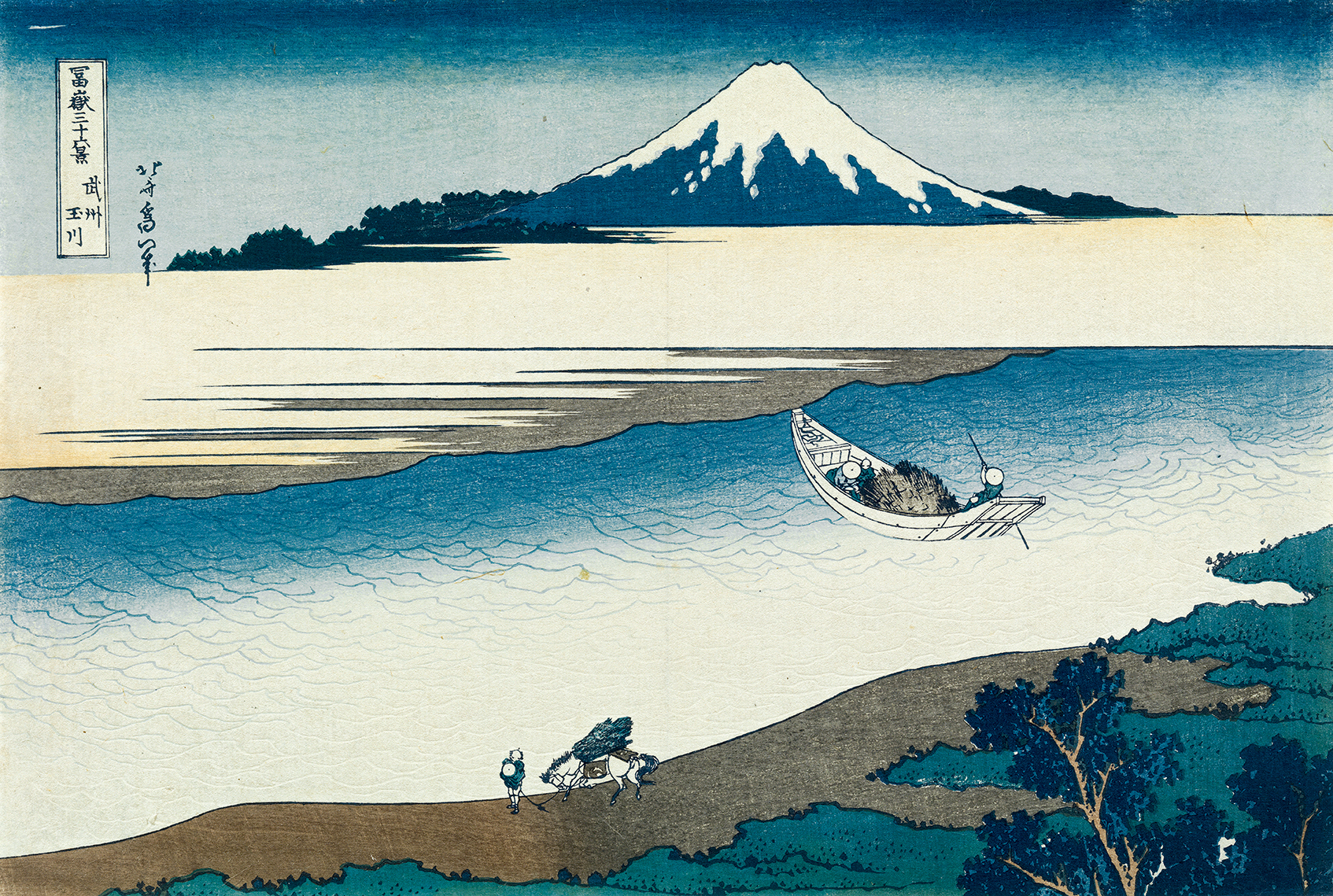
Katsushika Hokusai, The Tamagawa River in Musashi Province, from the series Thirty-Six Views of Mount Fuji, The Sumida Hokusai Museum collection (1 Term)
A work from the series to which Peter Morse dedicated his book Sarumaru-dayū,
from the series One Hundred Poems Explained by a Nurse
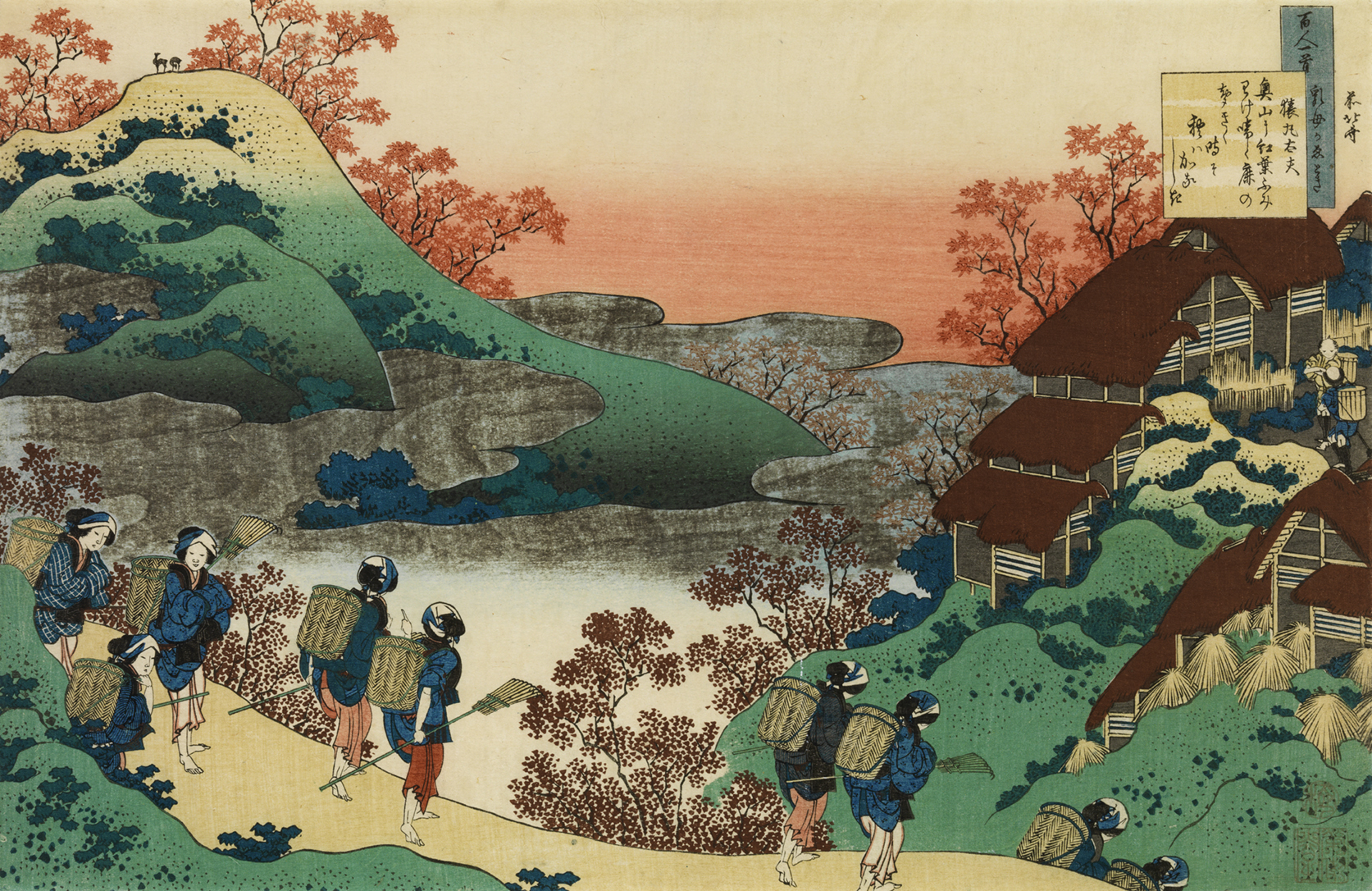
Katsushika Hokusai, Sarumaru-dayū, from the series One Hundred Poems Explained by a Nurse, The Sumida Hokusai Museum collection (1 Term)
Chapter 2|The Narazaki Muneshige Collection
A work by an artist of the Katsushika School carrying on Hokusai’s techniques
Teisai Hokuba, A Squall
.jpg)
Teisai Hokuba, A Squall, The Sumida Hokusai Museum collection (1 Term)
A painting in which Rosetsu was particular about the texture of the dog’s fur
Nagasawa Rosetsu, Western Breed Mother Dog and Puppy
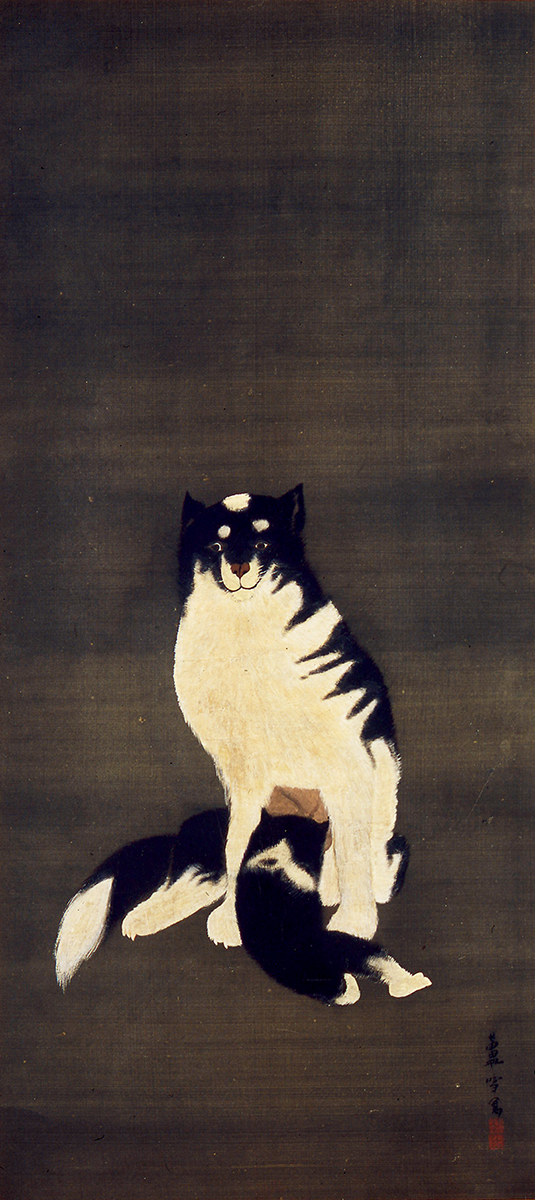.jpg)
Nagasawa Rosetsu, Western Breed Mother Dog and Puppy, The Sumida Hokusai Museum collection (2 Term)
A work by woodblock artist Kawase Hasui, who had a personal relationship with Narazaki
Kawase Hasui, Temple in the Snow
.jpg)
Kawase Hasui, Temple in the Snow, The Sumida Hokusai Museum collection (1 Term)
| The Peter Morse Collection |
|
Peter Morse (1935–1993) was an American researcher and a great collector of Katsushika Hokusai’s works. He was also a relative of the American zoologist Edward S. Morse (1838–1925), who visited Japan and discovered the Ōmori shell mound in the early Meiji era (Peter was a great-grandson of Edward’s younger brother).
The Peter Morse Collection, consisting of approximately 600 items including paintings and woodblock prints by Hokusai and research materials, was regarded as the largest and most comprehensive private collection of Hokusai’s works in the West. A notable characteristic of this collection is that it includes many rare and precious works collected from a researcher’s viewpoint. In the first chapter of this exhibition, 95 works from the Peter Morse Collection are presented.
|
| The Narazaki Muneshige Collection |
|
Narazaki Muneshige (1904–2001) was a Japanese art historian who was active in the Showa and Heisei eras. Engaged in the publication of an ukiyo-e print periodical before the Second World War, Narazaki founded the Japan Ukiyo-e Society (the second and the third formations), the forerunner of the present International Ukiyo-e Society, and served as its chairperson.
The Narazaki Muneshige Collection, which was established in the process of these research activities, includes both precious works of art and artistic or historic materials, which are invaluable for Japanese art history research. About 480 items from the collection are in the possession of the Sumida Hokusai Museum.
|
Exhibition Schedule
Period|October 12th (Tue) - December 5th (Sun), 2021
*The works on display will partially change between the two terms.
1 Term|October 12th (Tue) - November 7th (Sun)
2 Term|November 9th (Tue) - December 5th (Sun)
Closed|Every Monday
Hours|9:30-17:30 (last admission 17:00)
Organizers|Sumida City, The Sumida Hokusai Museum
In order to prevent the spread of COVID-19 infection,
there is a possibility that the sessions, opening hours,
admission fees, events, lectures, etc, may be changed or canceled.
Please check the Sumida Hokusai Museum's official website for details before visiting.
Admission Fees
|
|
Adults |
H.S / Univ. Students |
65 and over |
J.H.S Students |
Disabled people |
E.S students |
Individual |
1,000 |
700 |
700 |
300 |
300 |
Free |
-
Not available for advance tickets and group discounts.
-
Junior high, high school, and university students (including technical college, vocational school, and special training college students) will be requested to show student ID.
-
Adults 65 and over will be requested to show a document verifying age.
-
Persons with a certificate such as the following plus one accompanying person are admitted at a discount charge: physical disability, intellectual disability, rehabilitation, mentally handicapped health and welfare, atomic bomb victim health notebook, etc. (Please show your certificate at time of admission.)
-
Use of these tickets is limited to the day on which the exhibition is visited and allows you to see AURORA (the Permanent Exhibition Room), too.
Access
5-minute walk from Toei Oedo Line Ryogoku Station A3 exit.
9-minute walk from JR Sobu Line Ryogoku Station East exit.
5-minute by Sumida Loop Bus from the JR Sobu Line Kinshicho Station North exit. Get off at the
“The Sumida Hokusai Museum (Tsugaruke kamiyasiki ato) Stop”.
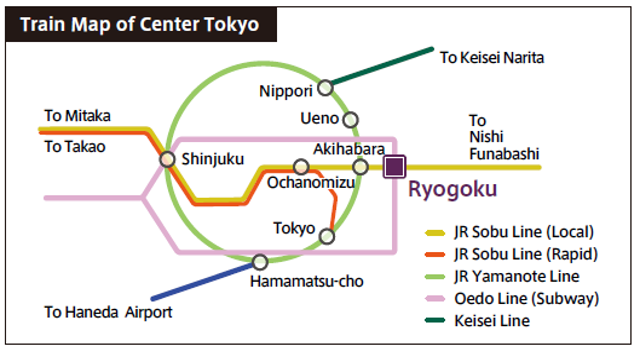
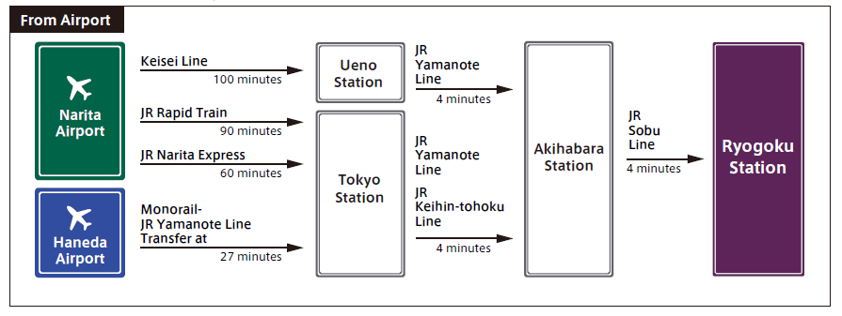
The Sumida Hokusai Museum measures to prevent the spread of Covid-19
Health and Safety During Your Visit for Keeping us All Safe
All visitors are required to...here.
Please check The Sumida Hokusai Museum's official website for details before visiting.
